What harmful substances are in cigarettes? Why is smoking harmful to the human body?
When a smoker lights a cigarette, the temperature at the tip (end) rises to between 700 and 900 degrees centigrade and releases more than 7,000 chemical compounds. Such as nicotine, tar, carbon monoxide, nicotine, lead, mercury, etc. At least 70 of these are known to cause cancer. The impact on the body is multi-faceted. Long-term smoking can easily cause cardiovascular and cerebrovascular diseases, lung cancer, emphysema, and chronic obstructive pulmonary disease. It may also lead to a decrease in immunity, and long-term smoking has certain consequences. Addictive. Half of all people who smoke will die prematurely from smoking-related diseases.
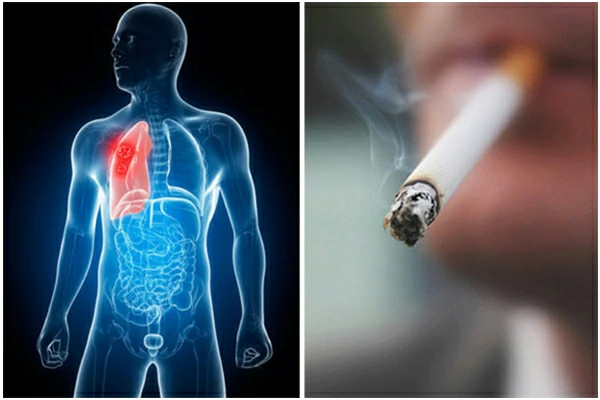
- Category 1 Hazardous Substances:
Aldehydes, nitrogen compounds, and alkenes are irritating to the respiratory tract.
- Category 2 Hazardous Substances:
Nicotine can stimulate sympathetic nerves, cause damage to the lining of blood vessels, increase blood pressure, accelerate heartbeat, and induce heart disease.
- Category 3 Hazardous Substances:
Amines, cyanides, and heavy metals are toxic substances that damage bronchial and lung mucosa.
- Category 4 Hazardous Substances:
Phenylpyrene, arsenic, cadmium, methylhydrazine, aminophenol, and other radioactive substances are all carcinogenic.
- Category 5 Hazardous Substances:
Phenolic compounds and formaldehyde, etc., these substances have the effect of accelerating carcinogenesis.
- Category 6 Hazardous Substances:
Carbon monoxide can reduce the ability of red blood cells to transport oxygen throughout the body, causing tissue and organ hypoxia, thereby causing damage to the brain, heart, and other organs.
In particular, it should be pointed out that when smoking a cigarette, the smoker only inhales about 15% of the smoke (i.e., “mainstream smoke”), and 85% of the smoke is emitted when the cigarette is idle or when the smoker exhales, that is, Secondhand smoke.
In second-hand smoke, the content of certain harmful substances is often higher than that of mainstream smoke, such as 2 times the nicotine, 3 times the tar irritants, and 5 times the harmful substances. Therefore, the health of non-smokers will also be affected by the harmful substances in cigarettes due to second-hand smoke, and even more seriously.
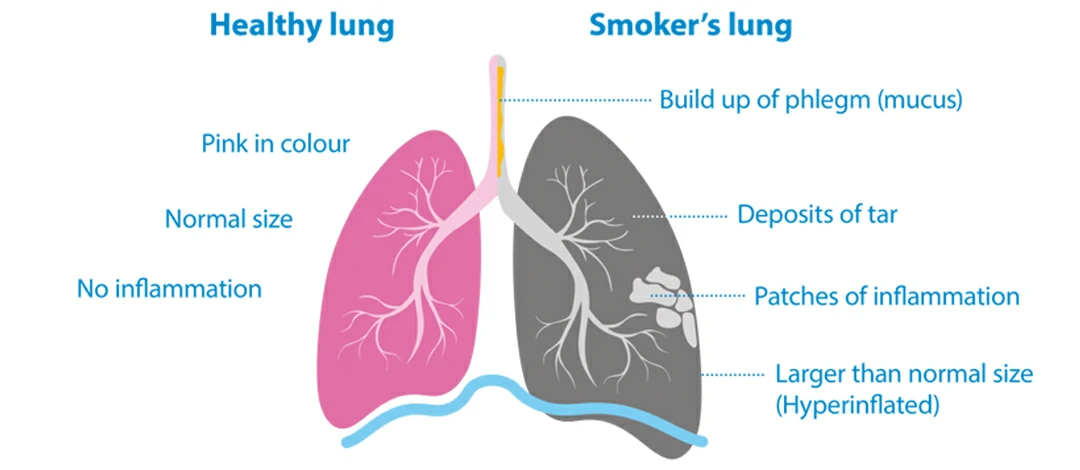
Many people – including many health professionals – believe that it is the nicotine in cigarettes that causes cancer. This is wrong. It is the toxins in cigarettes, released when tobacco is burned which cause cancer.
In comparison, the evidence shows that safer nicotine products that do not burn tobacco, like e-cigarettes / vaping devices, heated tobacco products, and snus / smokeless (as well as nicotine replacement therapies) are all substantially safer than smoking.




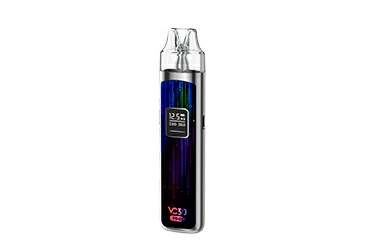







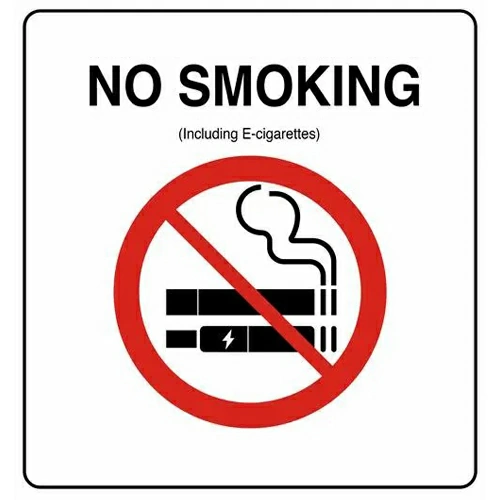
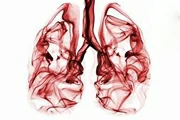




0 Comments